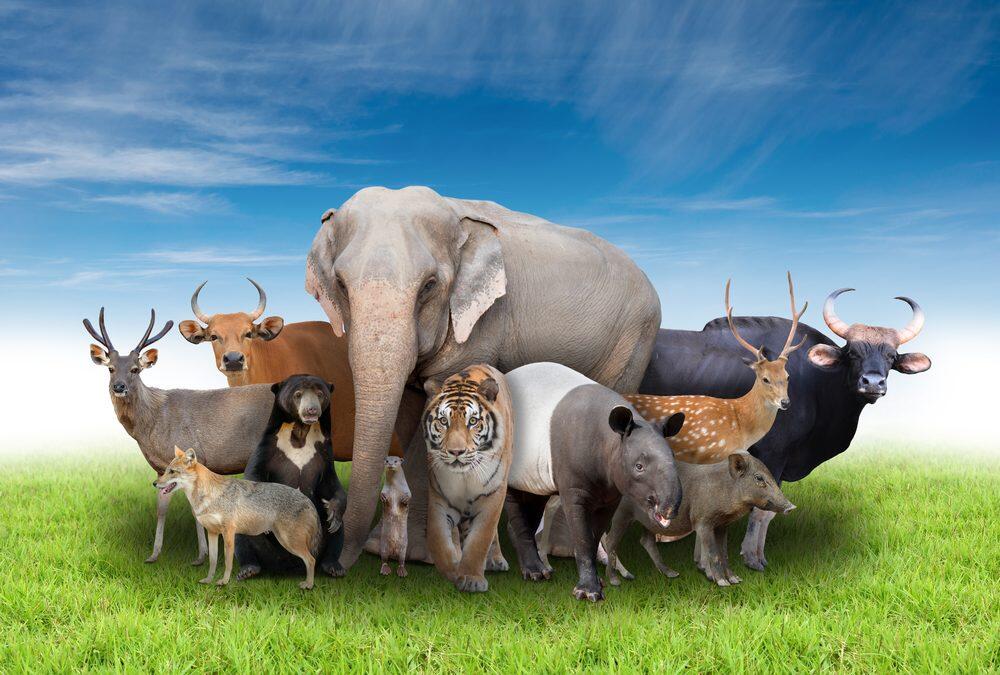Proposals for states to revalue in September the legal traffic reveal friction between expanding the business and strengthen restrictions.
Every year a million legitimate transactions of animals, to which must be added the illegal trade, estimated that moves based on records 18,000 million.
The sale of ivory and rhino horns, major stumbling blocks for the conference of CITES Convention.
This market (of animal trade) is very global and diversified. The data show how the CITES convention, depending on what kind of living beings or what they want, exporting and importing world powers are changing. The most sought – after species also vary greatly.
For example, when trade in live mammals, the flow goes from China, Cambodia, Vietnam or Indonesia to the United States but also around the same China, Japan or France. Of the ten species that are most commercialized in this section, the crab-eating macaque (Macaca fascicularis) wins by far.
Its utility?Usually it applies to biomedical or pharmaceutical research. In the top 10 there are five varieties of monkey.
But if the interest veers trophy hunting , the ranking of buyers is led by the US and China again. However, Spain appears third in the world, followed by Denmark, Germany, France, Austria ….Trophies come from South Africa, Namibia, Zambia, Russia, Zimbabwe …











